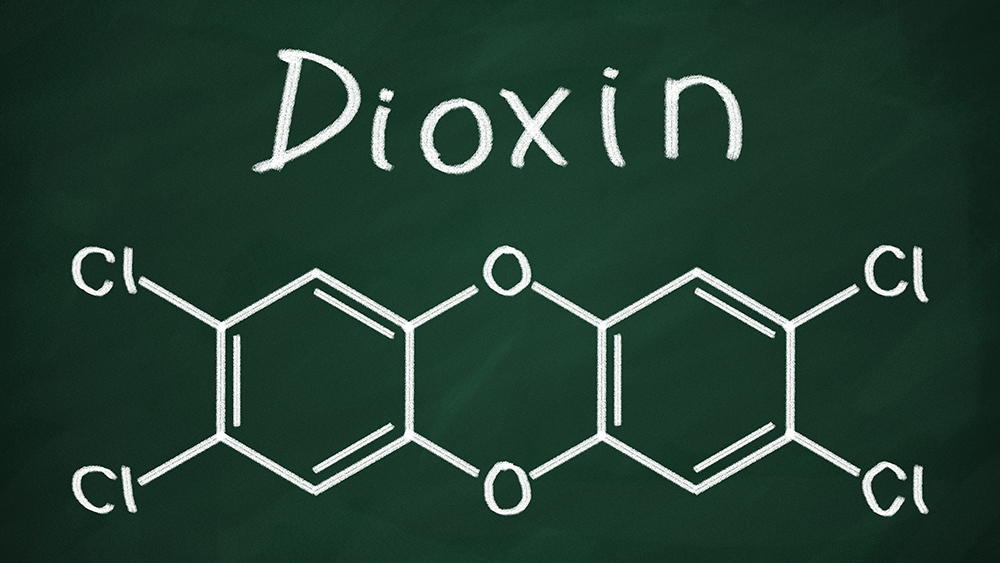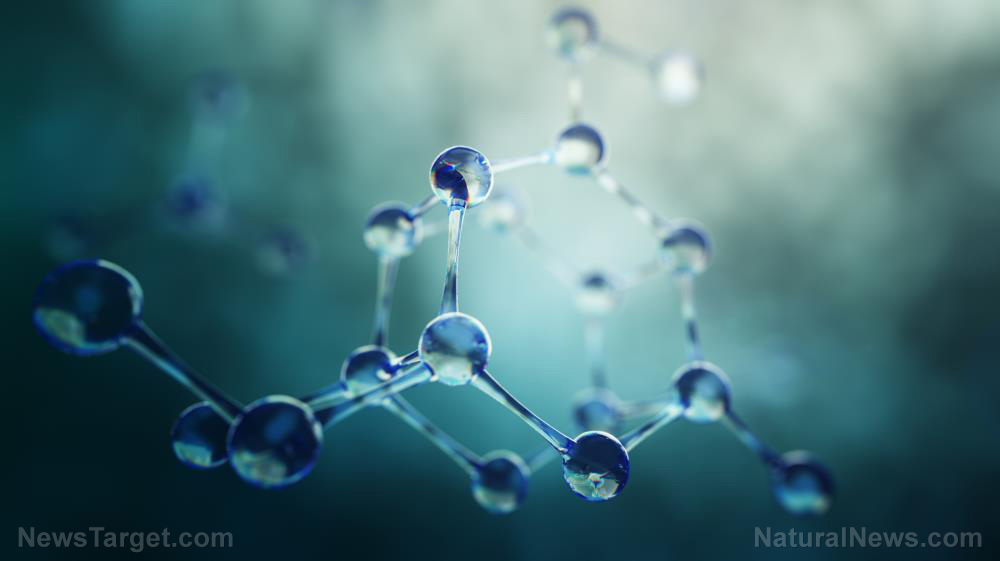
A waste product of the fertilizer industry might serve as a rich repository of rare earth elements. Researchers have devised a natural way to get these resources from phosphate rock waste. Their bacteria-based extraction method caused much less harm to the environment than current techniques that relied on synthetic acids.
The discovery came from the Critical Materials Institute (CMI). A research group of the Department of Energy, the CMI sought to strengthen local sources of resources critical to clean energy technology.
Rare earth elements are heavily used in solar panels and other technologies associated with clean energy. The CMI researchers believed that phosphate rock waste offered an alternative source of these important materials.
Most modern devices rely on rare earth elements to reach their size, weight, and performance. Dysprosium, neodymium, and other rare earths make it possible to manufacture efficient photovoltaic arrays, advanced wind turbines, electric vehicles, and mobile devices like smartphones.
However, the United States produces very little in the way of rare earth elements. Most of the world's supply comes from China, giving that country the ability to affect the energy security of the U.S. and other countries. (Related: China’s rare earth minerals export ban will collapse the telecom industry and all “green” power, including solar and wind turbines.)
Phosphate rock waste contains plenty of rare earth elements
Rare earth elements are also present in phosphogypsum. The phosphate rock is one of the byproducts of the industrial process that makes phosphoric acid, a vital ingredient in synthetic fertilizers.
Experts estimate that the global mining industry digs up 250 million tons of phosphate rock each year to satisfy the demands of the fertilizer industry. In 2017, the U.S. mined 28 million metric tons of phosphorus-rich rock.
Rare earth elements make up a minuscule portion of phosphate rock. But the mining and fertilizer industries churn out millions of tons of phosphogypsum, so the trace amounts of these metals pile up.
Around 100,000 tons of rare earth elements get dumped alongside the phosphogypsum discarded by the fertilizer industry. In comparison, the global annual production of rare earth oxides amounts to 126,000 tons. Obtaining the elements in phosphate rock waste would effectively double the world's supply of rare earth oxides.
Existing methods for extracting rare earth elements from oxides and other ores use synthetic acids. The extraction process also generates a lot of toxic pollutants.
Researchers from Rutgers University-New Brunswick suggested substituting organic acids from bacteria. The natural chemicals cause much less pollution than their artificial equivalents.
A bio-acid mixture outperformed mineral and organic acids at extracting rare earth elements
The Rutgers researchers and their colleagues in the CMI tried out different mineral and organic acids for extracting rare earth elements from artificial phosphogypsum. The tested chemicals included a bio-acid mixture developed by the Idaho National Laboratory (INL).
Mainly comprised of natural gluconic acid in fruits and honey, the bio-acid came from the glucose-eating microbe Gluconobacter oxydans. The researchers used it on phosphogypsum and compared its ability to extract cerium, europium, neodymium, samarium, ytterbium, and yttrium from the phosphate rock to its counterparts.
They reported that the bio-acid mixture outperformed pure gluconic acid when applied at a pH of 2.1. Meanwhile, both sulfuric and phosphoric acids failed to extract any rare earth elements from phosphogypsum.
Testing the four acids at the same concentration showed that the bio-acid performed better than all except the sulfuric acid, a substance so toxic that it killed off everything except acid-loving bacteria.
The CMI research group used lab-made phosphogypsum samples due to the greater ease of controlling the composition of the rock. In future experiments, they plan to test the bio-acid mixture on industrial phosphogypsum and other rock wastes.
Sources include:
Please contact us for more information.






































